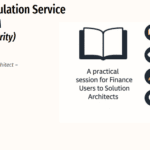
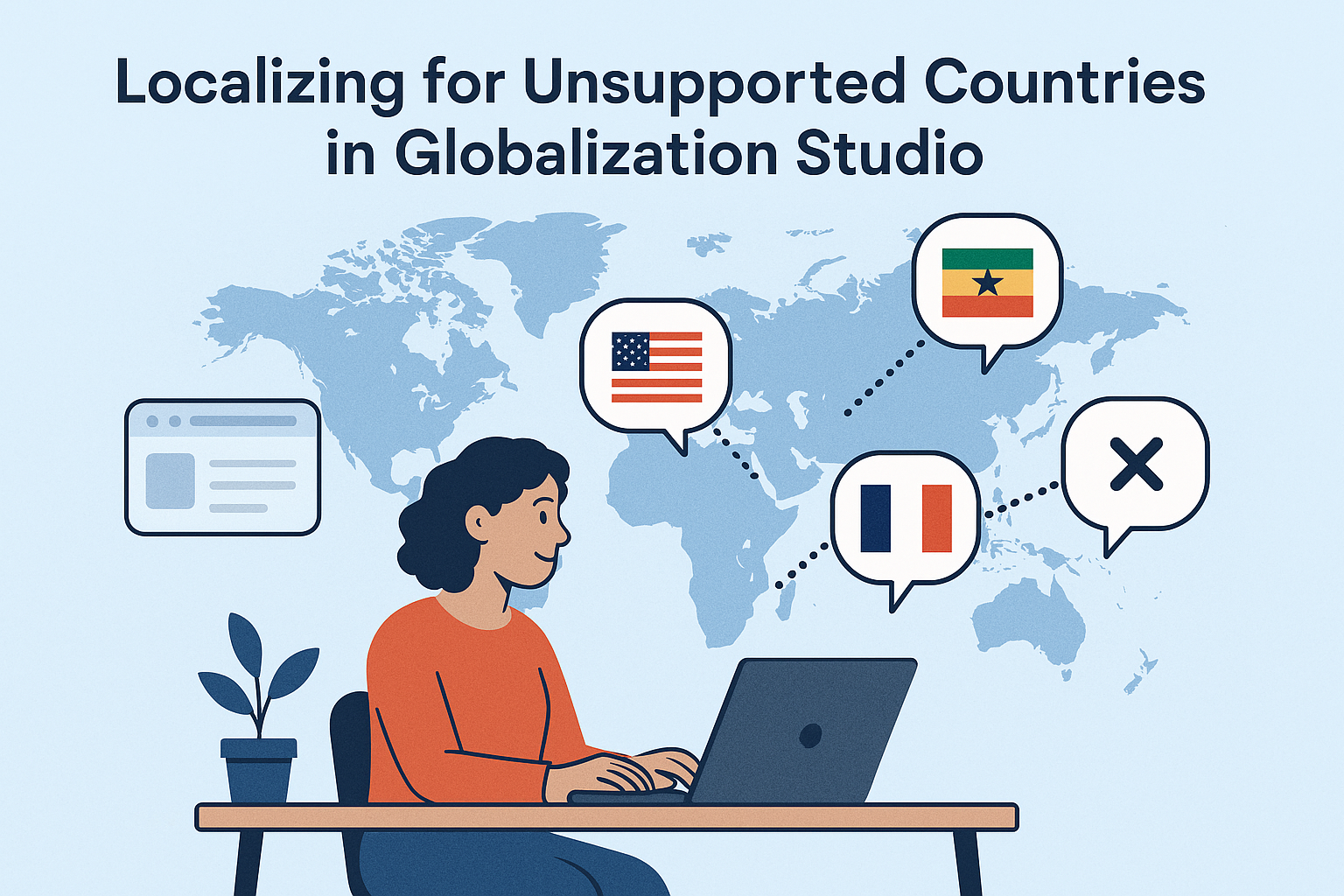
GS511 – Localizing for Unsupported Countries in Globalization Studio
In earlier articles, we’ve explored how to reuse Microsoft-delivered ER features for countries like Spain, Italy, and France.
But what if your business operates in a country that Microsoft doesn’t officially support?
That’s where localization using Globalization Studio comes in.
In this article, we’ll cover:
- What to do when Microsoft doesn’t provide a feature for your country
- What you can still build yourself , even without a Microsoft base
- How to plan your localization structure using ER, pipelines, and applicability rules
- Tips for working with partners and ISVs when needed
📘 Builds on concepts from:
GS505 – Creating a Feature from Scratch and GS509 – ER Basics
Table of Contents
Toggle🌍 When Microsoft Doesn’t Support a Country
Microsoft doesn’t deliver localization features for every country , especially smaller or emerging markets like Greece, Cyprus, or Kenya.
Reasons may include:
- The country is not part of a major compliance zone (like the EU eInvoicing framework)
- Local requirements are niche, manual, or API-based
- Your business operates in limited-scope regions not covered by Microsoft’s release wave
But that doesn’t mean you’re stuck.
With Globalization Studio, you can create your own localized features , 100% configuration-based.
🛠️ What You Can Still Build Without a Microsoft Feature
Even if there’s no out-of-box content, Globalization Studio gives you building blocks:
| Area | What You Can Build |
| Electronic Reporting (ER) | Custom tax reports, audit files, e-invoices, Excel exports |
| Processing Pipelines | Define actions like generate → validate → store/send |
| Applicability Rules | Run logic only for specific countries or legal entities |
| BDM (Word, Excel, XML layouts) | Modify invoice/credit note layouts to local formats |
| Tax Calculation Service | Define local tax rules, VAT schemes, or unique jurisdictions |
You have full control , no code required.
🔍 Example: Planning a Greece Localization (Even Without Data)
While I don’t currently have data or legal entity setup for Greece to demo a live configuration, here’s how you would plan a localization if Microsoft does not support your country:
✅ Step 1: Design the ER Logic
- Use ER Designer to create:
- A data model (e.g., GR_VAT_Model)
- A model mapping to tables like CustInvoiceJour, TaxTrans
- An Excel format showing monthly VAT, totals by tax code, etc.
- Test it using UAT legal entities or test customers
✅ Step 2: Build a Globalization Feature
- In Globalization Studio, click New feature
- Add a processing pipeline with:
- Action 1: Generate file using your ER config
- Action 2: Save to SharePoint or send via email
✅ Step 3: Set Applicability Rules
- Example conditions:
- CountryISOCode = GR
- LegalEntityID = GR01
- This ensures your custom logic runs only in your Greece environment
✅ Step 4: Extend Document Layouts (Optional)
- Use BDM (Business Document Management) to:
- Add local language fields or address formats
- Embed Greek tax registration numbers
- Apply legal footers and compliance wording
✅ Step 5: Test in Sandbox
- Mark the feature as Complete
- Deploy to UAT
- Use test data to generate your output
- Review logs and adjust as needed
🤝 Partner & ISV Options (When You Need More)
For more advanced localization needs, consider:
- Working with a Microsoft Partner who specializes in your country
- Purchasing ISV solutions that plug directly into Globalization Studio
- Using connectors to government APIs (e.g., MyData for Greece, ZATCA for KSA)
🧠 Many ISVs also offer ER-based features you can import, extend, and deploy , just like Microsoft’s.
💡 Tips for Localizing Without a Microsoft Base
| Tip | Why It Helps |
| Start with Excel/PDF formats | Easier to test and iterate before integrating APIs |
| Use another country’s logic as reference | Learn from how Spain or Italy handle formats |
| Keep naming consistent | e.g., GR_VAT_Export or GR_Invoice_Layout |
| Create separate providers for custom features | Keeps your repository clean and upgrade-safe |
| Test in UAT first | Avoid surprises in production |
🧭 Related Articles
- GS505 – Creating a Feature from Scratch
- GS509 – ER Basics
- GS513 – Business Document Management
- GS519 – Tax Calculation Service Basics
📘 Coming Up Next
In GS512 – Version Control and Feature Management, we’ll explore:
- How to manage multiple versions of the same feature
- How to safely roll out updates
- How to track changes across environments
📖 [Continue reading: GS512 – Version Control and Feature Management →]
I am Yogeshkumar Patel, a Microsoft Certified Solution Architect and ERP Systems Manager with expertise in Dynamics 365 Finance & Supply Chain, Power Platform, AI, and Azure solutions. With over six years of experience, I have successfully led enterprise-level ERP implementations, AI-driven automation projects, and cloud migrations to optimise business operations. Holding a Master’s degree from the University of Bedfordshire, I specialise in integrating AI with business processes, streamlining supply chains, and enhancing decision-making with Power BI and automation workflows. Passionate about knowledge sharing and innovation, I created AI-Powered365 to provide practical insights and solutions for businesses and professionals navigating digital transformation. 📩 Let’s Connect: LinkedIn | Email 🚀
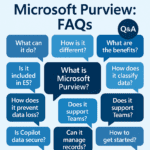
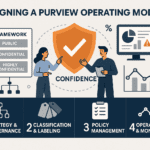
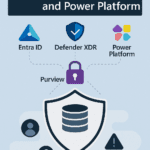




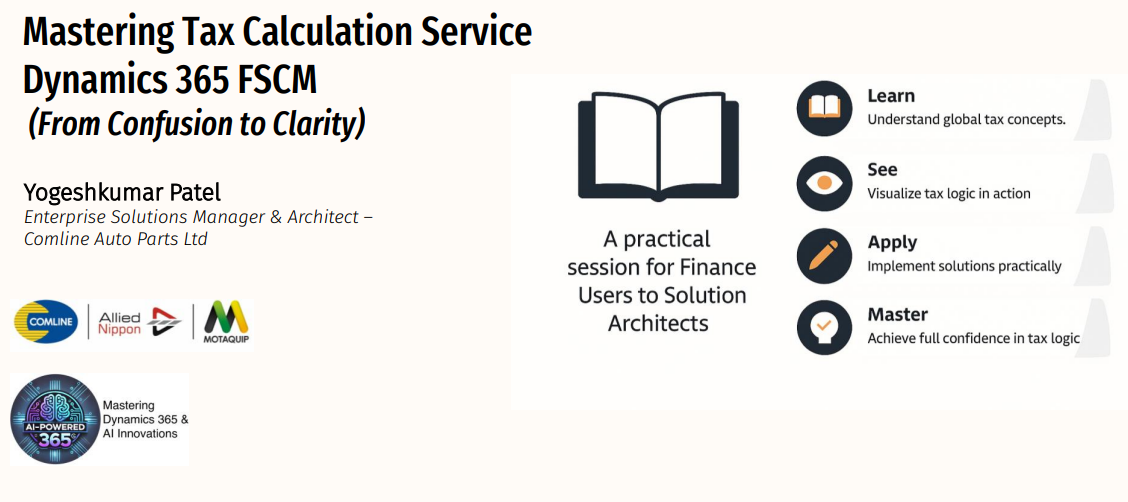
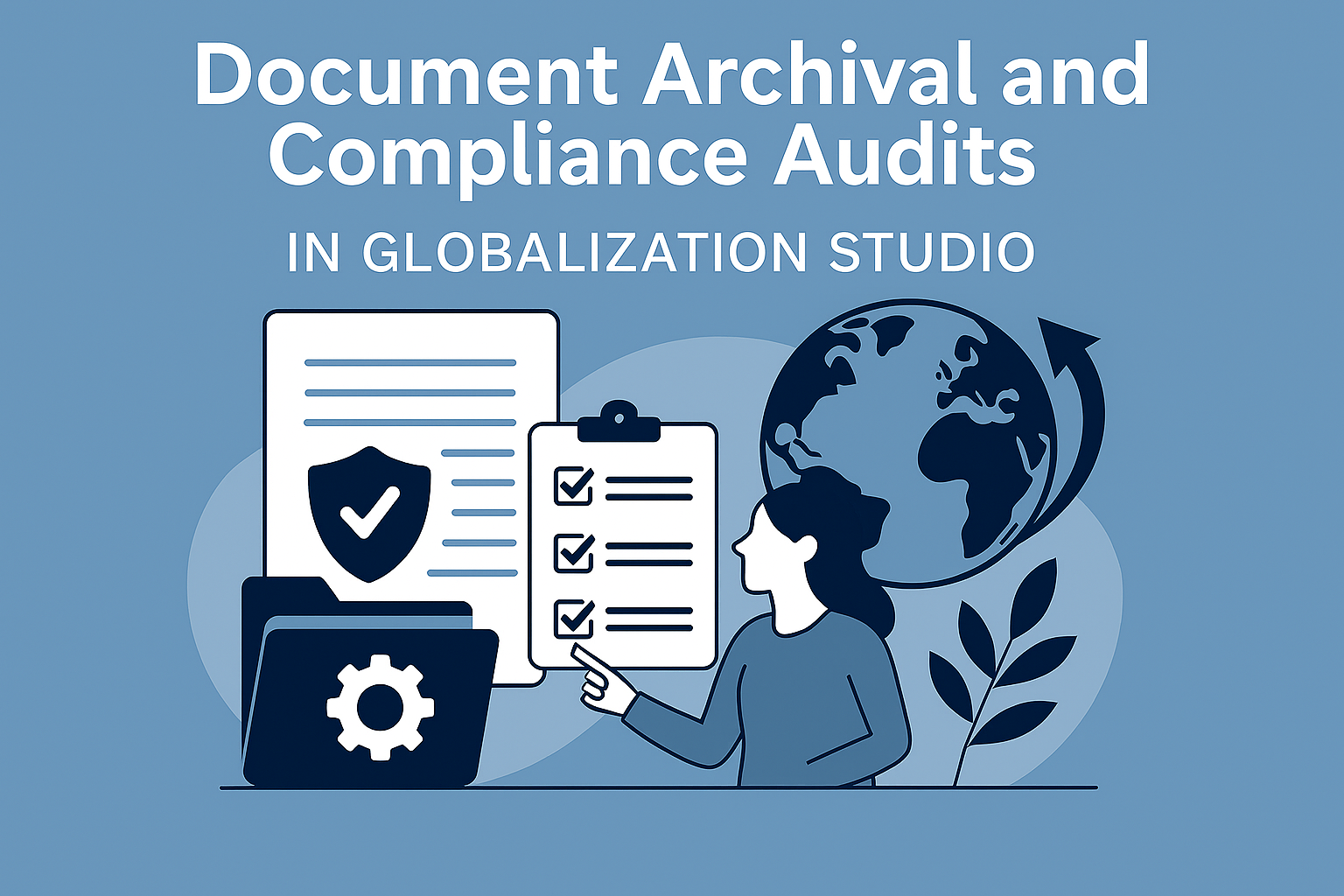
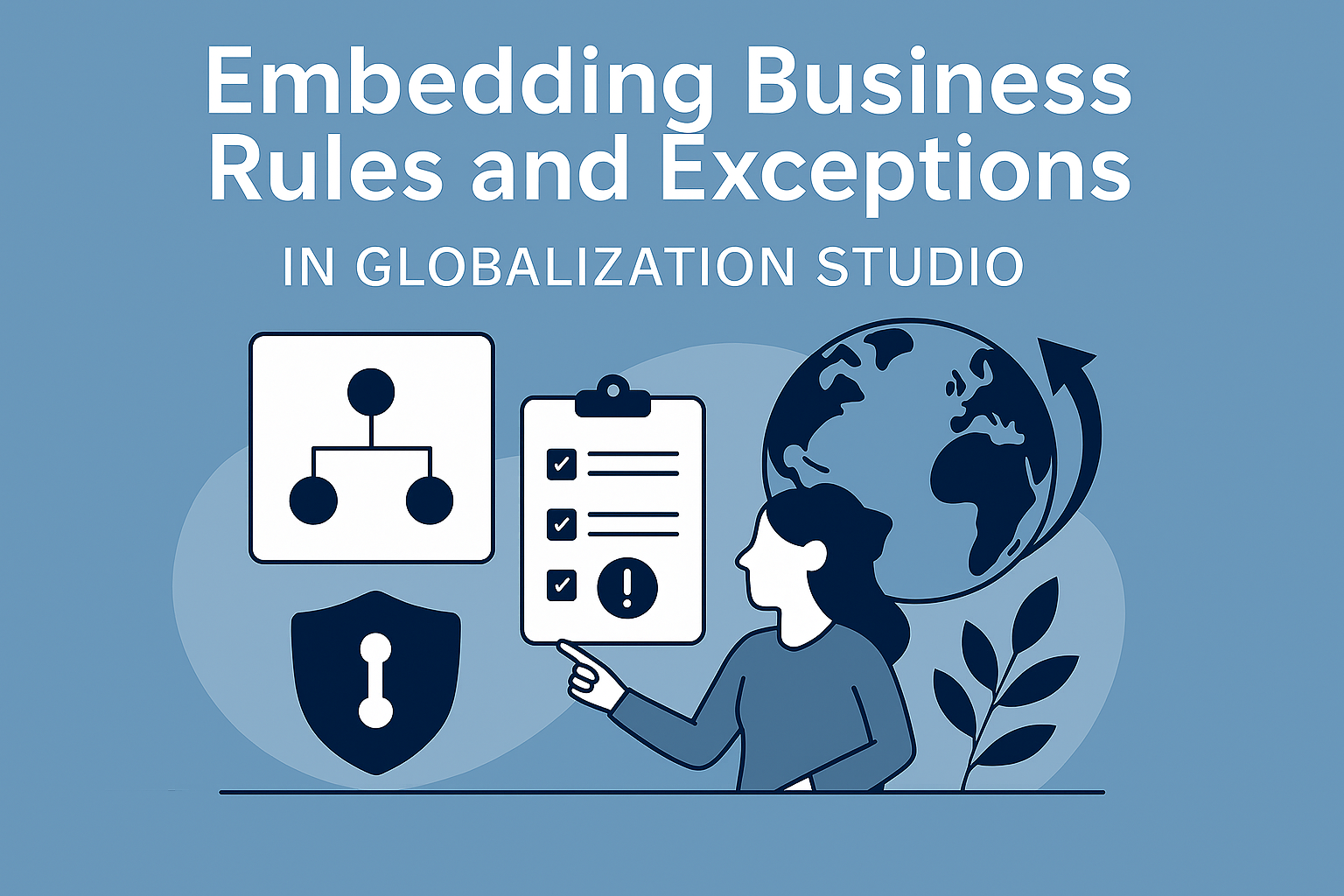



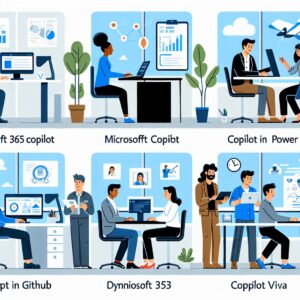






Post Comment